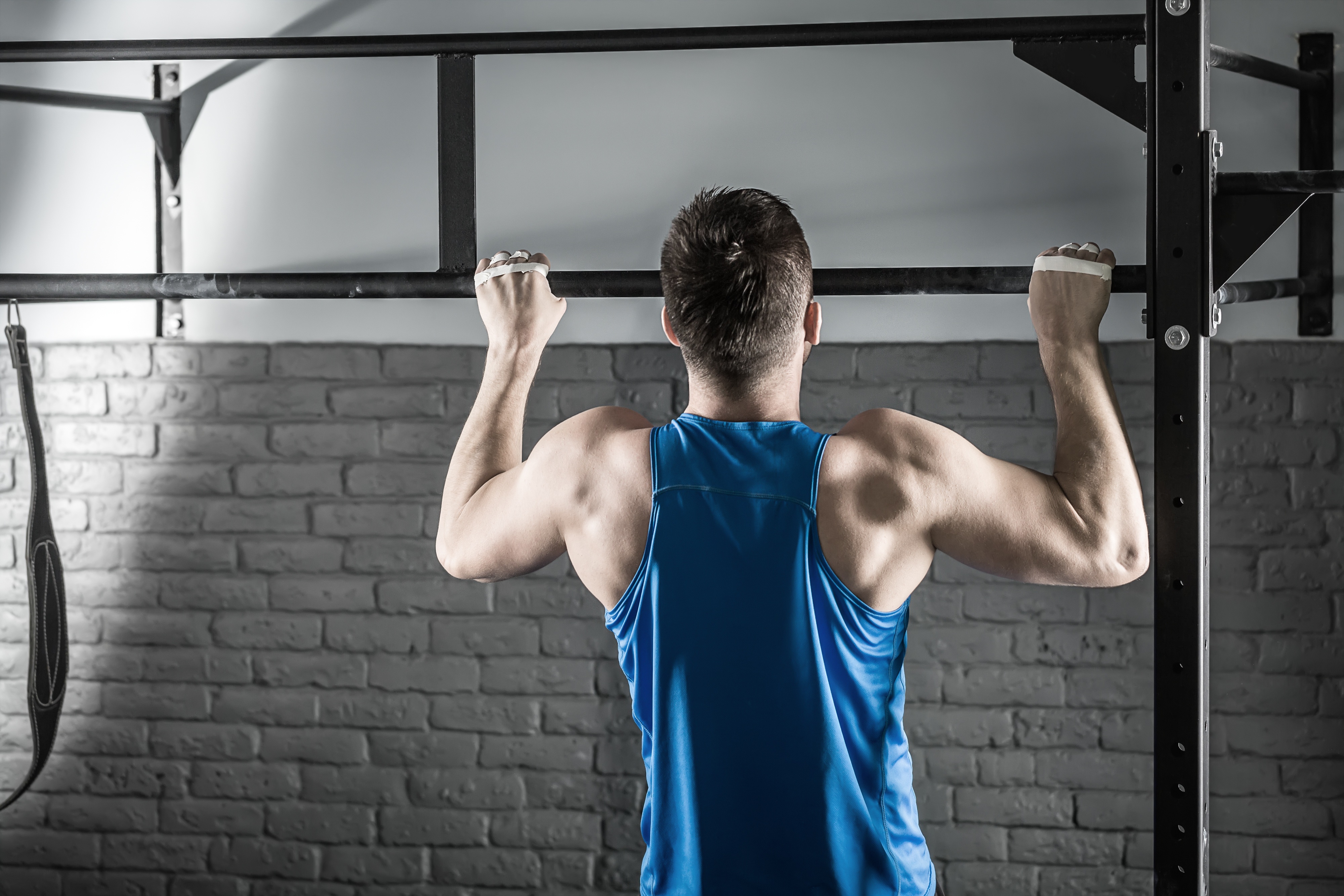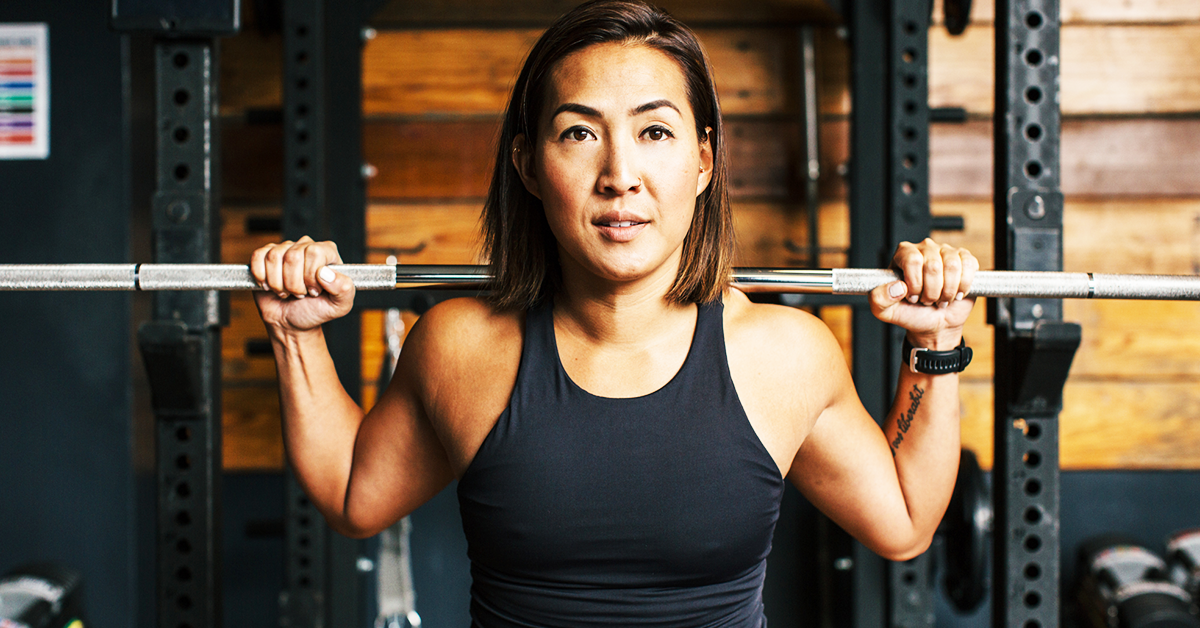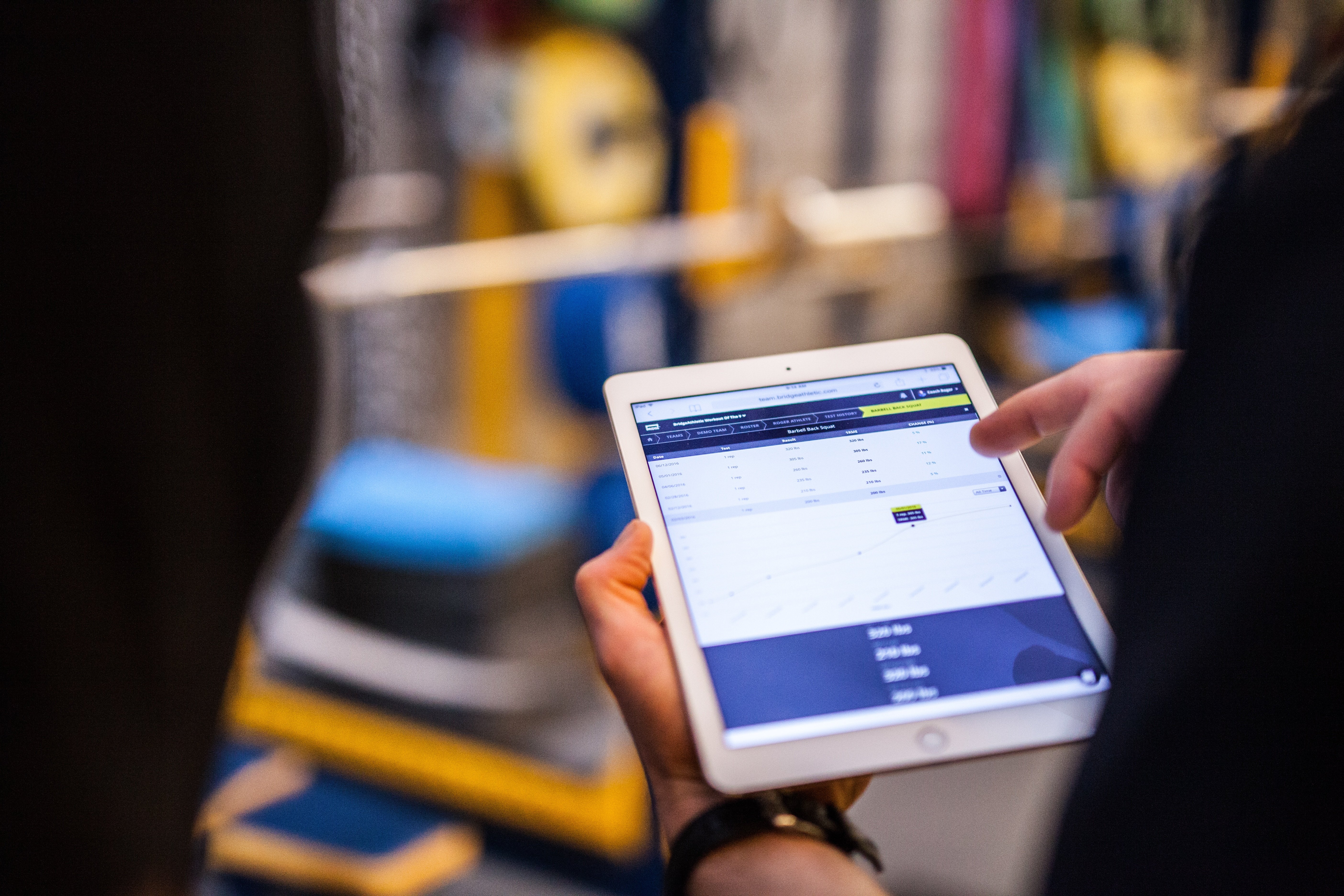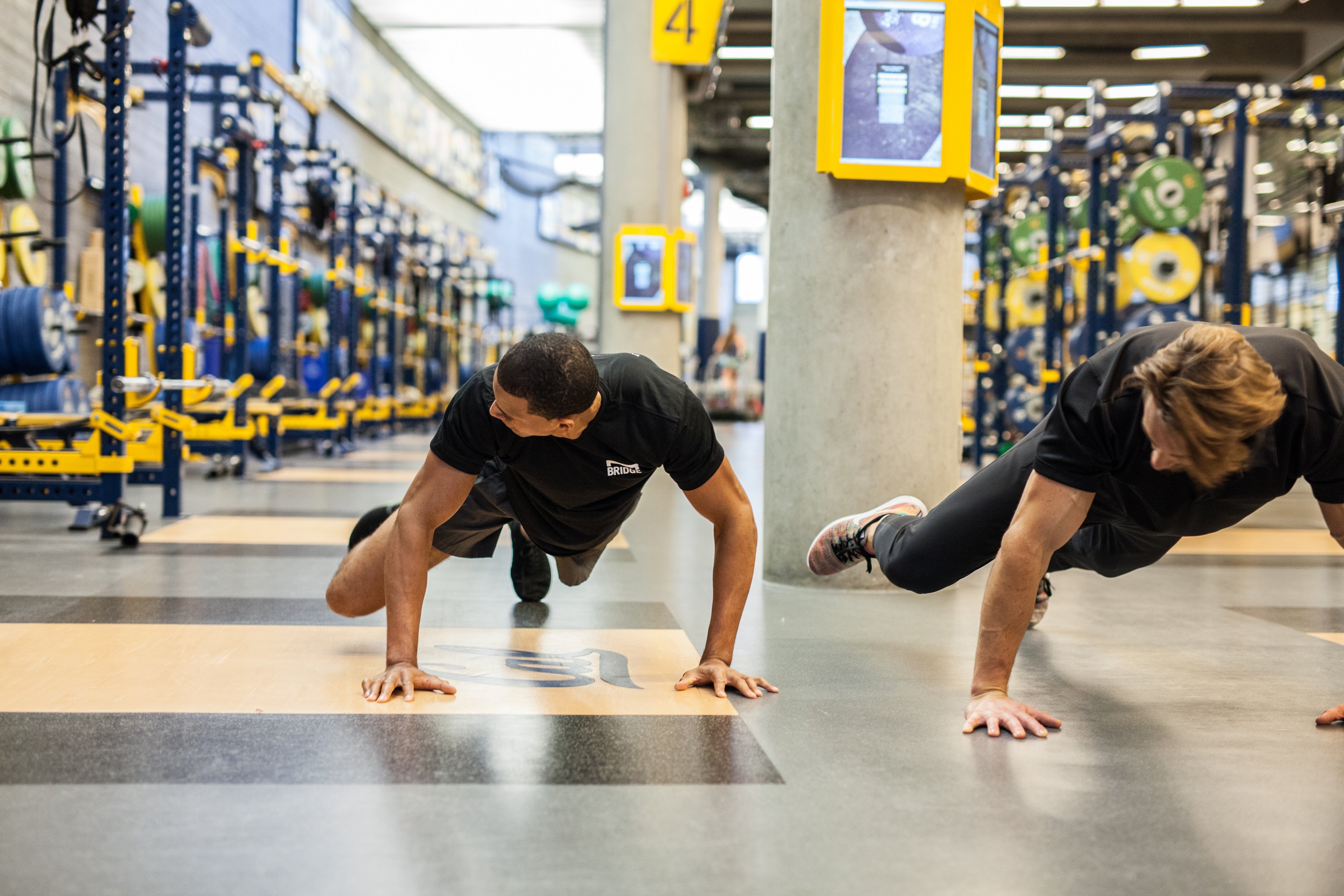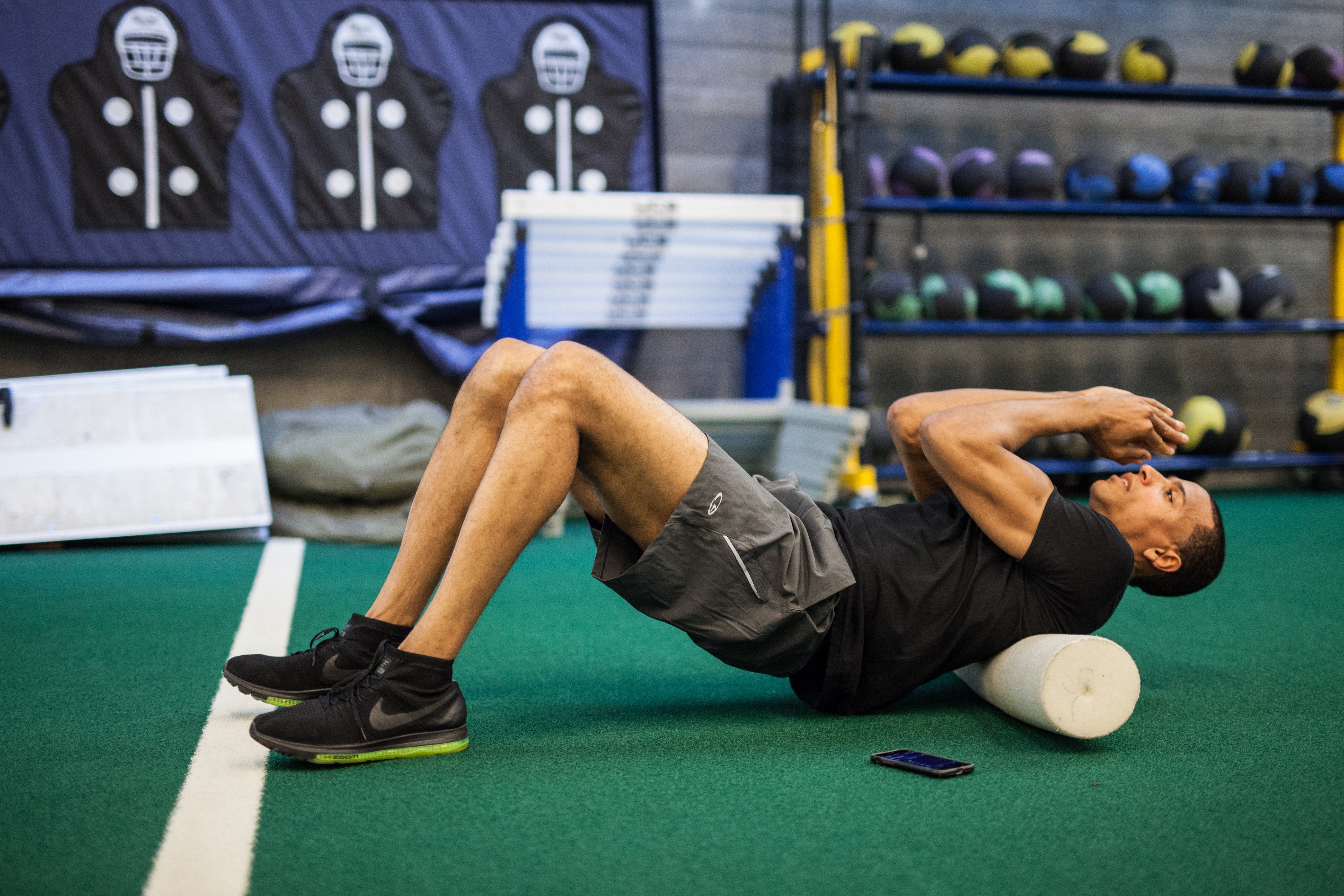Strength to weight ratio is an important concept for all athletes to keep in mind. In sports that place high value on both endurance and speed, such as swimming and running, the strength to bodyweight ratio is a good measure of overall athletic efficiency. In gymnastics, strength to bodyweight ratio is incredibly critical to an athletes ability to suspend themselves throughout various positions. In general, a high strength to weight ratio is favorable. To develop strength without gaining excessive body mass, bodyweight exercises are the way to go about doing so. These movements will increase an athlete's functional strength: strength that utilizes the whole body rather than isolating parts of it. Most strength programs will have a combination of bodyweight and regular weighted exercises to achieve various strength goals. To delve into this topic further, one extremely valuable bodyweight exercise: the pull-up.
Read MoreMany athletes and coaches wonder whether strength training produces better results when performed before or after practice. In many sports, practice is the cardiovascular portion of a workout, and combining cardio with strength training in one session can be extremely taxing to the body. Importantly, there is little scientific research to date favoring one method over the other, but read more to learn about both theories in context.
Read MoreWhey, Soy, or Casein Protein: Which is Best for Athletic Performance?
By Shelley Harper on July 21, 2017
Protein intake is important for all athletes, especially while endurance training. Oftentimes, athletes tend to focus on carbohydrate intake rather than focusing on protein intake, which could have a negative effect on health and overall athletic performance. Muscle growth and repair are heavily dependent on protein levels.
Read MoreWhether it’s kicking, throwing, running, jumping or swimming, an athlete’s core is involved in almost every action. Core muscles are responsible for stabilizing the spine and pelvis as well as generating and transferring energy from the center of the body to its extremities. Developing core strength and stability enables athletes to maximize their power output and perform complex athletic movements that require coordination, balance, and technical skills. Additionally, focusing on core strength can help athletes stabilize other weak areas to reduce the risk of injury. When designing a strength program, coaches should implement core exercises in order to optimize athletic performance.
Read MoreDesigning a Strength Program: Importance of Sports Periodization
By Megan Fischer-Colbrie on July 19, 2017
Sports periodization is the planning of athletic training using a progressively cyclic format with the goal of timing peak performance during the athlete’s major competitive events. Cyclic training organizes a team's approach, protects against overtraining, and enables athletes to continue to improve. When designing a strength program, coaches should implement different training cycles in order to maximize athlete performance when they need it most.
Read MoreStretching can improve circulation, muscle flexibility, range of motion, and consequently, help athletes perform better in workouts and in competition. When exercising, muscles repeatedly flex and contract. Stretching causes muscles to lengthen and relax, resulting in the ability to maximize muscle engagement in the next workout. Stretching also boosts the body’s circulation by increasing blood flow throughout the body.
Read More
Foam rolling is a self-conducted therapy often used to improve flexibility, assist in recovery, and increase athletic performance. This technique is a form of myofascial release therapy and is aimed at applying pressure to the body’s myofascial connective tissue. During season, athletes train for weeks on end, which can take a major toll on their bodies. Athletes should be aware of the benefits of implementing foam rolling before and after their daily workouts.
Read MoreQuickly transitioning from offense to defense or vice-versa can be the difference for water polo teams and having a successful season. From developing a powerful shot to improving goalie skills, a water polo-specific dryland training program can significantly improve performance in the pool. Below is a list of five water polo-specific dryland exercises that are designed to work on transitional speed.
Read More
